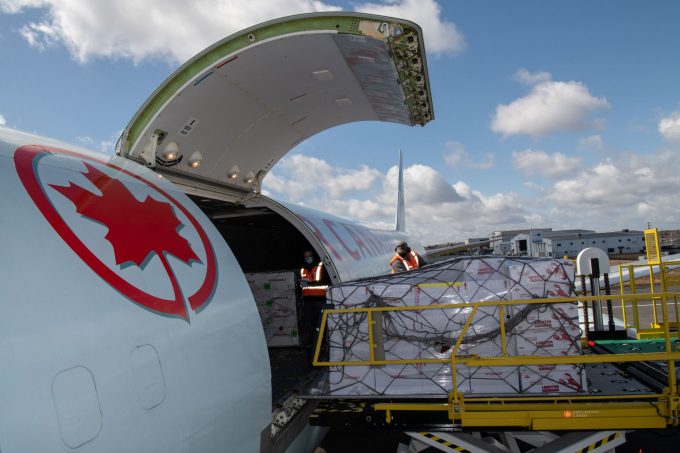General airfreight in the doldrums – but charters are soaring
While scheduled airfreight operations continue to be buffeted by economic headwinds, the going has been ...

On the face of it, the second quarter has been a poor one for Air Canada Cargo (AC), seeing a 24% year-on-year drop in revenue, to C$227m (US$167.7m)
Matt Casey, MD commercial of the airline’s cargo division, said the comparison with an “abnormal” 2022 was flawed, as loads and yields around the world were in the stratosphere then, thanks to elevated demand and disrupted ocean and ground supply chains.
He added: “It’s not that terrible compared with 2019.”
Moreover, the Canadian carrier fared ...
Maersk Air Cargo sees volumes fall as it aims for 'margin in favour of revenue'
Keep our news independent, by supporting The Loadstar
Container spot rates diverge: to Europe still falling, but firmer to the US
Hapag-Lloyd won't take bookings if port congestion leaves cargo stranded
Ecommerce likely the front-runner in resurge of transpacific trade after deal
Airfreight players eye new routes as demand on the transpacific nosedives
China-US trade tariff pause could drive a rebound for transpacific rates
Service chaos from trade ban with India a problem for Pakistan shippers
Volume surge and an early peak season? 'Don't celebrate too soon,' warning
Airfreight rates ex-China 'loss-making', but hopes of a trade deal stay high
Indian coastal freight attracts major carriers, but regional tension disrupts
Serious threat to jobs in US logistics as tariffs cause economic 'stagflation'
APMM floats along on 'solid' Q1 profitability in Ocean, well prepared for choppy water
White House u-turns see freighters flying but keep logistics players on their toes
Carriers impose 'emergency operation' surcharges on Pakistan cargo
MSC in terminal switch as Nhava Sheva gets strong start to new fiscal year

Comment on this article